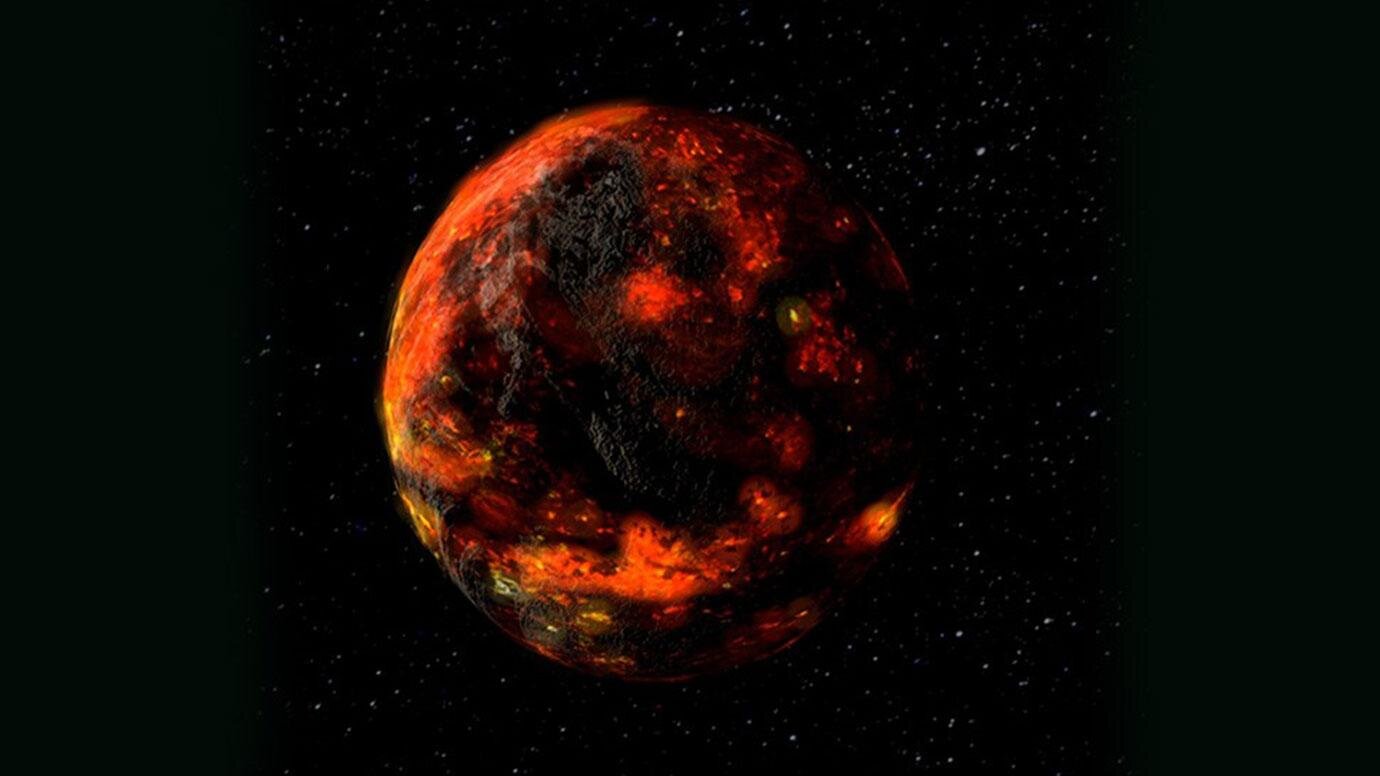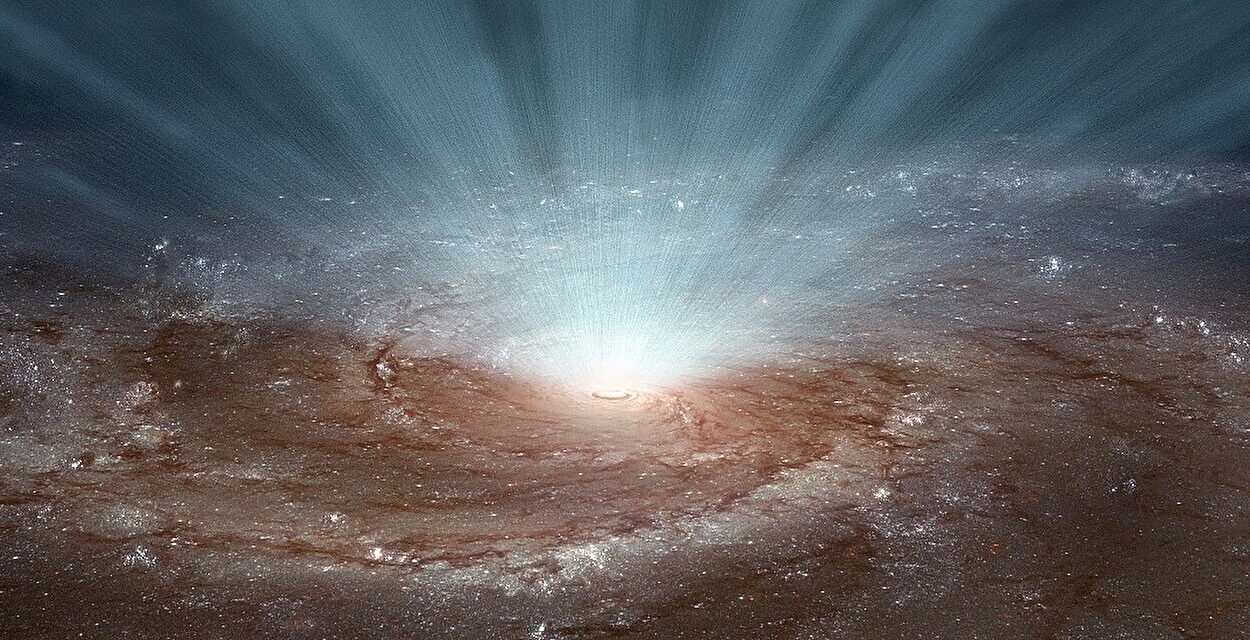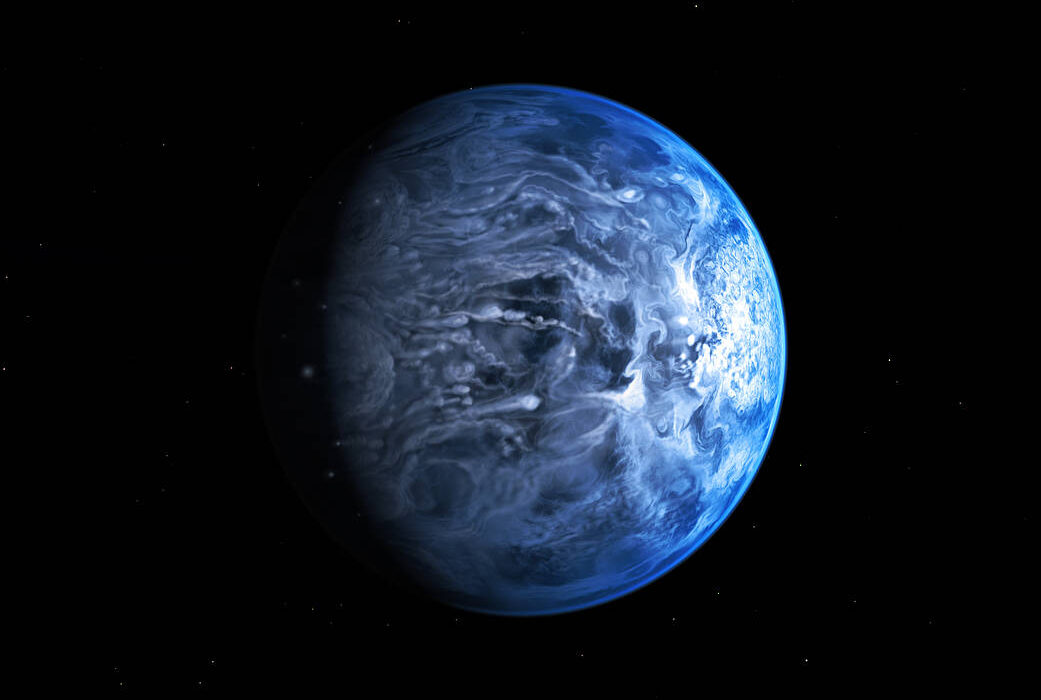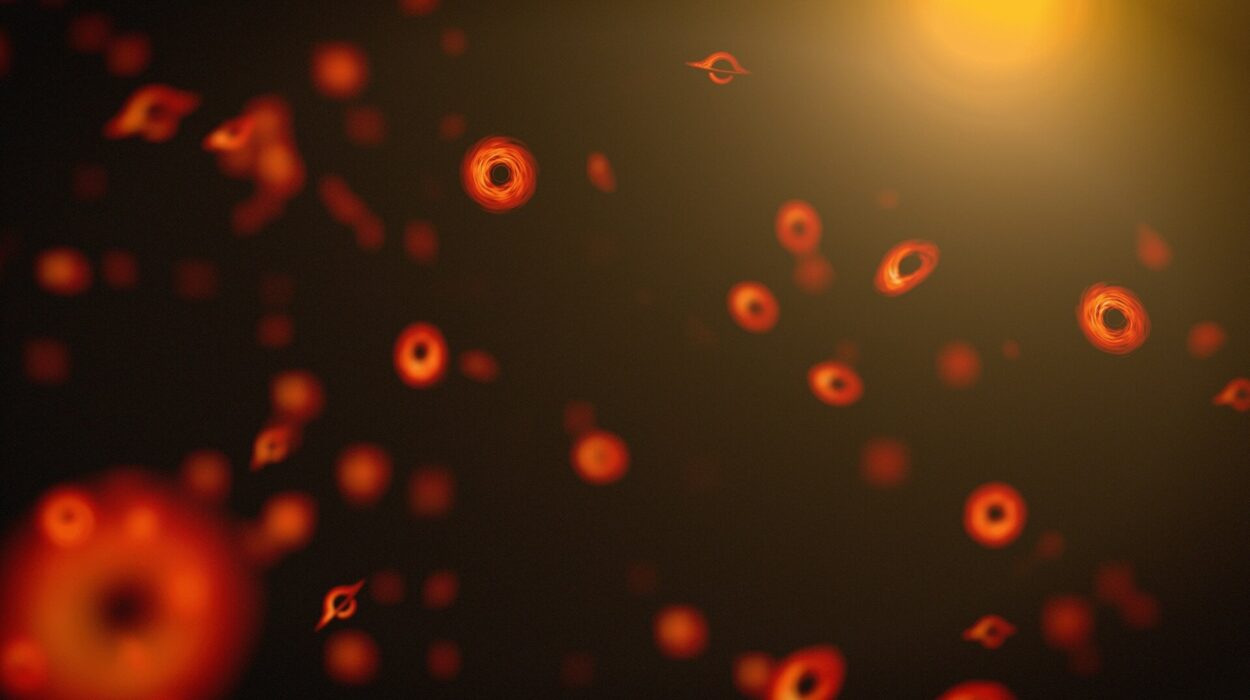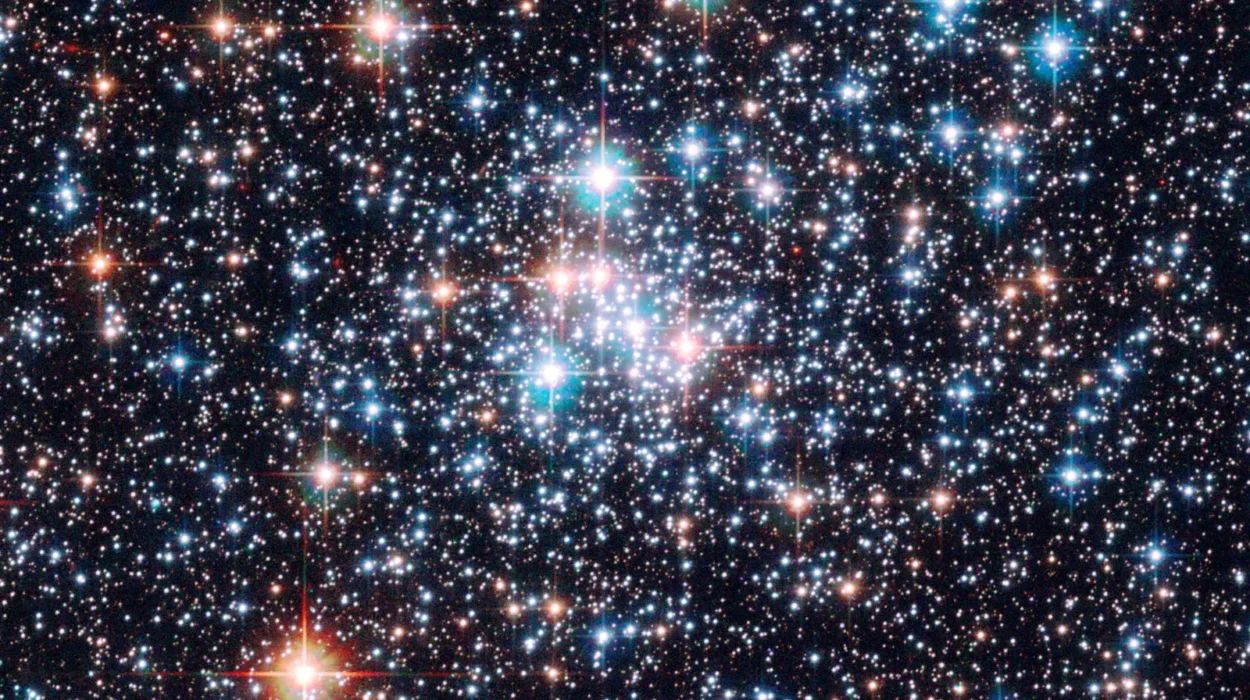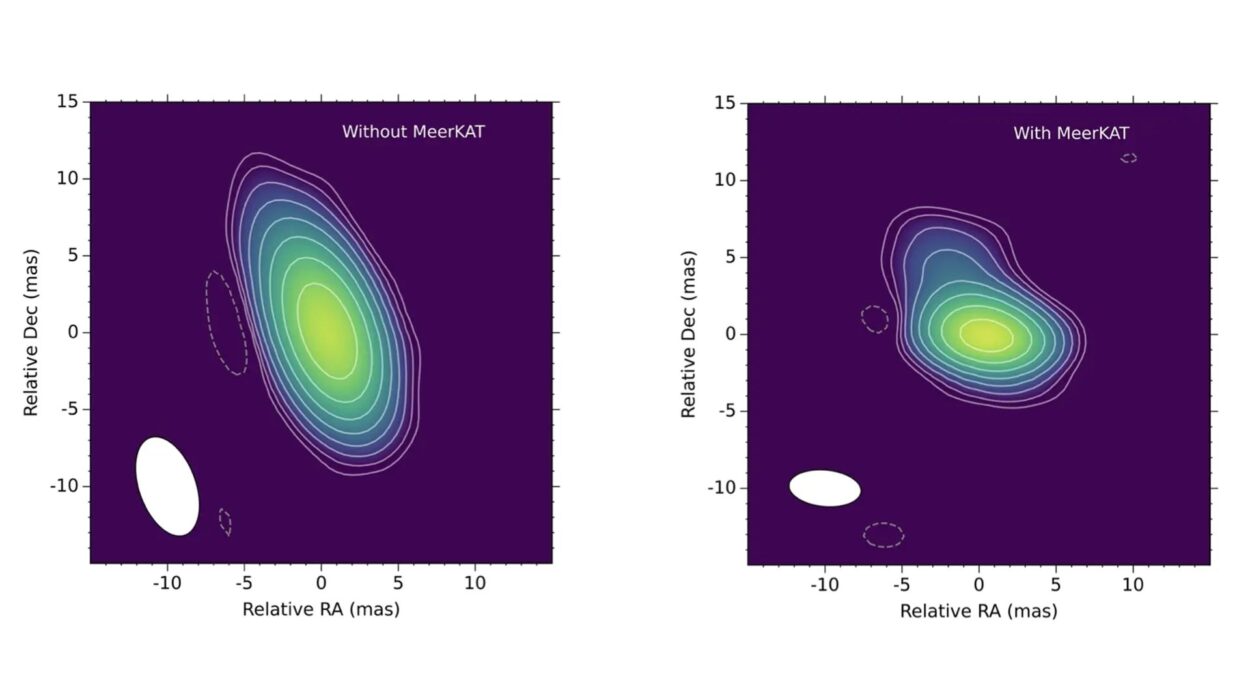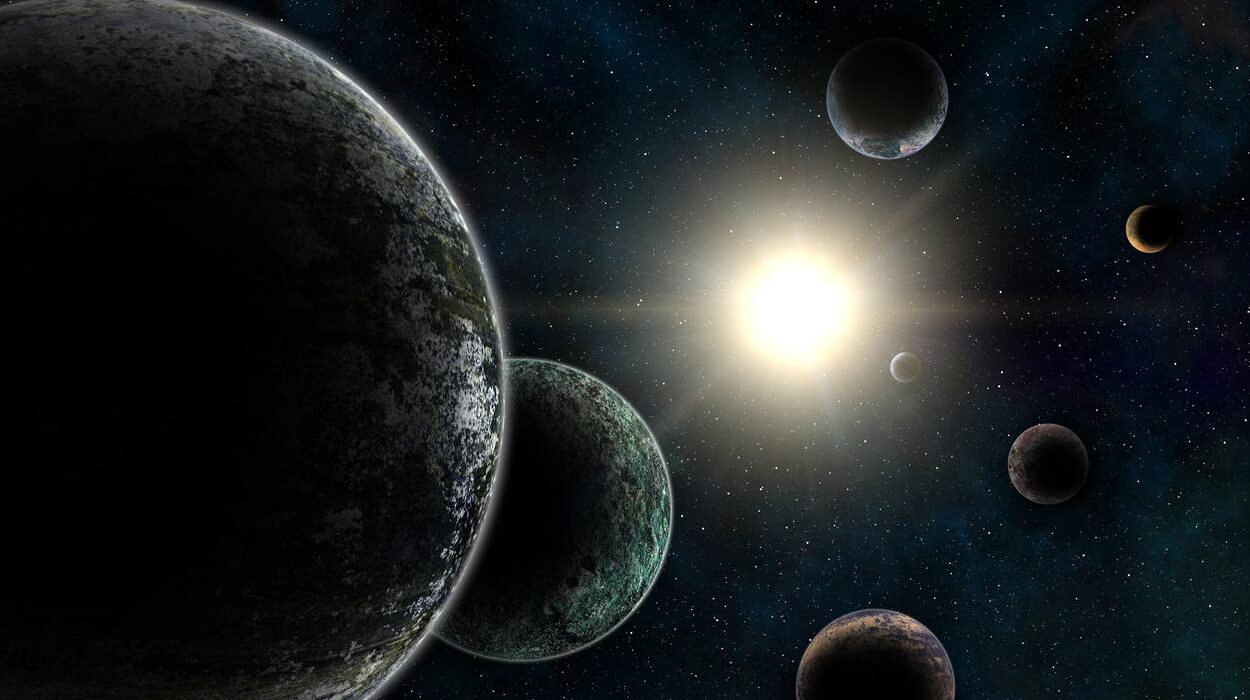Since the dawn of human curiosity, the moon has captivated our attention. From ancient mythologies to modern scientific inquiries, our celestial neighbor has been a constant source of wonder and intrigue. Yet, despite humanity’s long history of studying the moon, there is still much we do not know about it—most notably, its origin.
One of the biggest unsolved mysteries about the moon is how it formed. Most scientists agree that the moon was born from a cataclysmic event—a massive collision between Earth and a Mars-sized object around 4.5 billion years ago. This collision likely sent huge amounts of debris into space, eventually coalescing into the moon. However, the precise timing and process of its solidification remain elusive.
Now, a new study offers some critical insight into this mystery. Using groundbreaking methods, scientists have analyzed moon rocks collected during the Apollo missions to determine the exact time when the moon solidified. The findings suggest that the moon’s solidification occurred around 4.43 billion years ago—an estimate that sharpens our understanding of the moon’s formation and adds a new layer to our knowledge of the early Earth.
The research, published in the Proceedings of the National Academy of Sciences, comes from a collaboration that includes scientists from the University of Chicago, among other institutions. Their innovative approach provides a more accurate picture of the moon’s early history, shedding light not only on the moon’s formation but also on the timing of the Earth’s habitability.
The Lunar Collision Theory
To understand how the moon came to be, we must first examine the solar system’s early days. Approximately 4.57 billion years ago, the solar system began to form from a swirling disk of gas and dust. As the dust and debris clumped together, the planets were born. Earth, at this time, was a young, hot ball of rock still in the process of solidifying.
A significant event in the early solar system’s history likely led to the creation of the moon. Scientists believe that a large celestial object, roughly the size of Mars, collided with the early Earth. This violent impact ejected a massive amount of debris into space, which eventually gathered together to form the moon. The energy released by this collision was so immense that much of the resulting debris was melted, creating a magma ocean around the Earth.
This molten state of the moon didn’t last long. As the magma began to cool, solid rock started to form. However, the cooling process wasn’t immediate. A crucial step in the moon’s early history was the formation of a crust on the surface. This crust insulated the underlying magma, slowing the cooling process significantly.
The Lunar Magma Ocean
Initially, the moon was a ball of molten rock, but as it began to cool, the outer layers solidified while the inner layers remained molten for a time. This process left behind an important geological signature that scientists could use to pinpoint the time when the moon had mostly solidified.
Scientists have long known that the moon’s cooling involved the formation of KREEP—an acronym for the minerals potassium, rare earth elements, and phosphorous. These minerals settled to form a distinct layer of the moon’s mantle during the cooling process. However, determining when this layer formed and when the moon had solidified required more precision than past methods could provide.
Unlocking the Date with Radioactive Elements
To gain a more accurate timeline for the moon’s solidification, the researchers turned to a sophisticated technique involving radioactive decay. Specifically, they focused on an element called lutetium—a rare element found in the KREEP layer. Lutetium is slightly radioactive and decays into hafnium over time at a predictable rate.
This process is akin to carbon dating, the technique used by archaeologists to determine the age of artifacts. By comparing the ratios of lutetium to hafnium in moon rocks to those in other objects from the same period, such as meteorites, the team was able to calculate how much time had passed since the KREEP layer had formed.
The problem, however, was that moon rocks are incredibly scarce and precious. The team, led by Nicolas Dauphas, a professor at the University of Chicago and head of the Origins Laboratory, had to develop highly refined techniques to measure the proportions of these elements with extreme precision. Working with tiny samples of rocks collected by Apollo astronauts, the team successfully measured the lutetium-hafnium ratio and determined the age of the KREEP layer.
Results: The Moon Solidified 4.43 Billion Years Ago
The team’s results were groundbreaking. Based on their measurements, they concluded that the moon solidified around 4.43 billion years ago. This estimate is remarkably precise and helps pinpoint when the moon was largely crystallized. Previous studies had only been able to approximate this date within a range of several tens of millions of years.
The findings are significant for several reasons. Not only do they give us a more accurate age for the moon, but they also help us understand the broader history of the Earth and solar system. The collision that created the moon was likely the final major impact on Earth during its formation, and by calculating the solidification date of the moon, scientists can infer when Earth might have become stable enough to support life.
The Moon’s Cooling Process
Scientists have long known that the moon’s cooling was a gradual process, with the crust forming first and insulating the molten mantle beneath. After most of the magma solidified, it took millions of years for the remaining molten interior to cool completely. By estimating the time it took for the moon to reach 99% solidification, the team placed the moon’s birth at around 4.45 billion years ago.
The cooling process on the moon, though slow by Earth standards, was relatively rapid by cosmic terms. It is estimated that the moon took about 20 million years to cool to the point where it could be considered mostly solid. This timeline gives us valuable information about the early stages of planetary formation in our solar system.
Implications for Earth’s Habitability
While the study provides crucial information about the moon, it also has broader implications for the Earth. The impact that created the moon would have been one of the final major disruptions to the young Earth. By determining when the moon solidified, scientists can estimate when the Earth itself may have become stable enough to support life.
The timing of the moon’s solidification suggests that Earth may have become habitable shortly after the moon’s formation. This aligns with other evidence, including the emergence of Earth’s protective magnetic field and the gradual cooling of the planet’s surface.
The Ongoing Quest for Lunar Knowledge
The findings in this study not only help refine our understanding of the moon’s origin but also open the door for future exploration. Upcoming missions, such as NASA’s Artemis program and China’s Chang’e missions, promise to provide even more data about the moon’s surface, composition, and history. As we continue to study the moon, we hope to uncover more answers about its role in the early solar system and the history of Earth.
“It took us years to develop these techniques, but we got a very precise answer for a question that has been controversial for a long time,” said Nicolas Dauphas, who led the study. The research was also dedicated to his wife, Reika Yokochi, a fellow geochemist who passed away in 2024 and was instrumental in the research.
Conclusion: A Step Closer to Understanding Our Origins
The moon has always held a special place in our imaginations, and now, thanks to new research, we are one step closer to understanding its origins. By refining the timeline of the moon’s solidification to 4.43 billion years ago, this study sheds light on the early days of our solar system and the conditions that led to the formation of Earth and the moon.
As we continue to explore the moon and the cosmos beyond, we can expect more breakthroughs that will help us better understand our place in the universe—and, ultimately, our own origins.
Reference: Nicolas Dauphas et al, Completion of lunar magma ocean solidification at 4.43 Ga, Proceedings of the National Academy of Sciences (2025). DOI: 10.1073/pnas.2413802121
